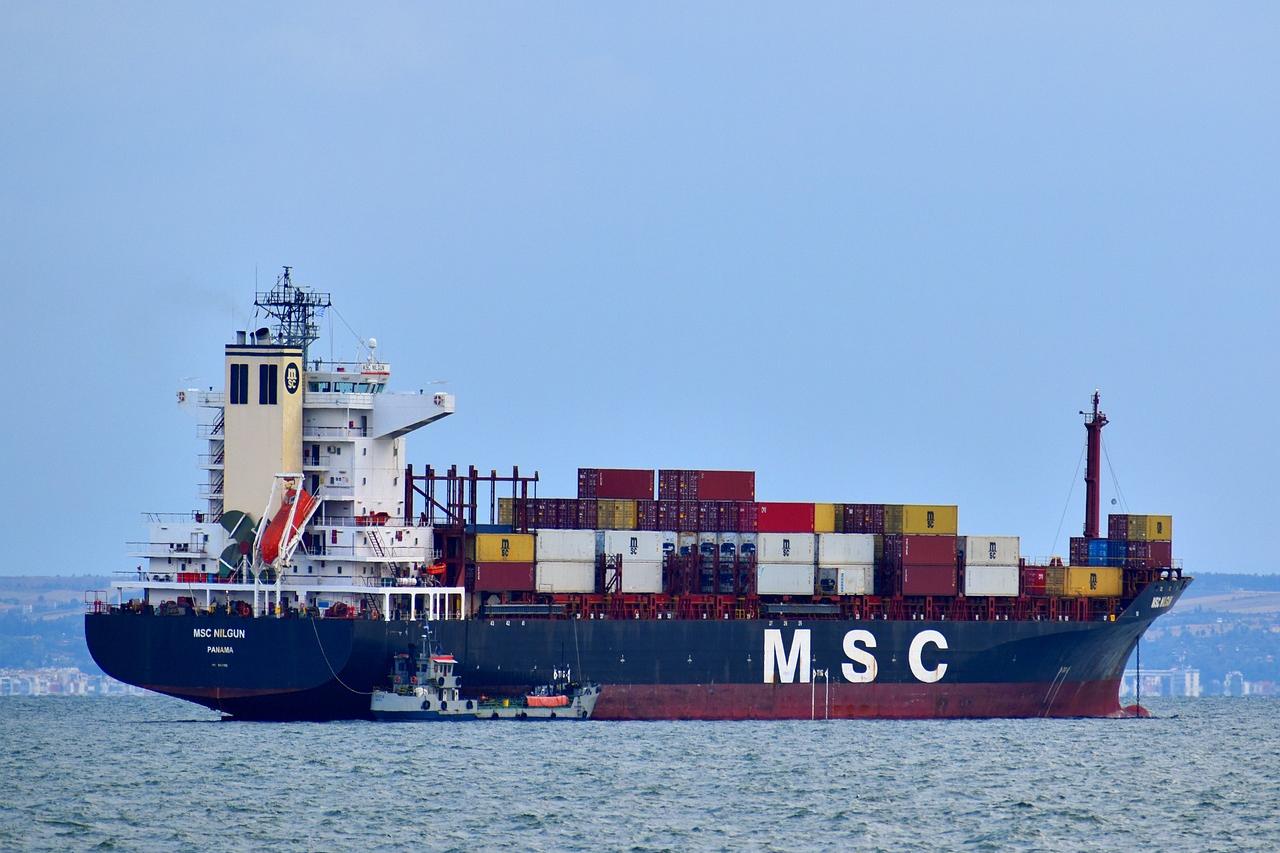
1. What hazardous chemical certifications are required for paint exports?
According to the latest international trade regulations for 2025, the following certifications should be prioritized for paint product exports:
- Domestic mandatory certifications
- MSDSChemicalsSafety Data Sheet (Bilingual Version in Chinese and English)
- UN Dangerous Goods Transport Identification Report
- Customs Hazardous Chemicals Registration Certificate
- Target Market Access Certification
- EU REACH Regulation Registration (Applicable to Products Containing SVHC Substances)
- U.S. TSCA Chemical Substance Compliance Declaration
- GHS Label Certification for Southeast Asian Countries
II. How to Address Differences in Tariff Policies Across Countries?
Taking the major markets in 2025 as an example:
- US Market: The tariff for ordinary paint is approximately 3.5%, while products containing restricted components such as lead may face punitive tariffs exceeding 10%.
- The European market: A 6% value-added tax (VAT) + environmental protection surcharge is required, and anti-dumping duties apply to certain categories.
- The Middle East Market: GCC member states impose a unified tariff of 5%, but prior application for Halal certification is required.
It is recommended to delegate the task to a professional agent.HS code classificationandOrigin planning, the free trade agreement can reduce tariff costs by 3-8%.
III. What are the special requirements for hazardous materials logistics and transportation?
- Packaging standards: UN-certified packaging + dangerous goods packaging certificate, and a Class 9 hazardous material label must be affixed for sea transport.
- Transportation Method
- Sea freight: Dangerous cargo space must be booked, and a DGD (Dangerous Goods Declaration) must be provided.
- Air Transport: Complies with IATA packaging regulations, flash point ≥60°C can be transported as general cargo.
- Insurance terms: Additional insurance for hazardous goods transportation must be purchased separately, with premiums 40% higher than those for general cargo.
IV. How to Choose a Professional Foreign Trade Agency Service Provider?
It is recommended to evaluate from three dimensions:
- Qualification review
- Possesses a hazardous materials operation license
- customs clearanceEnterprise AEO Certification Qualification
- Qualification of Partner Shipping Companies for Dangerous Goods Transportation
- Business Capabilities
- Hazardous chemical export cases ≥50 orders/year
- The target market customs clearance success rate is ≥98%.
- Emergency incident response time < 2 hours
- Wind control system
- Provide a fully visual tracking system.
- Purchase a minimum of $5 million in liability insurance.
- Establish a quality dispute advance compensation mechanism
Five isExport agentWhat are the key clauses in a contract?
Must be clearly definedFive core clauses:
- Hazardous Materials Liability Allocation Clause
- Document Defect Compensation Clause
- Trigger Mechanism for Demurrage Charges
- Exemption of force majeure
- Guarantee of intellectual property rights
6. What are the common misconceptions about paint exports?
- Misconception 1:"Low-cost agency = High cost performance"
The export of hazardous materials involves over 20 hidden costs, and low-price solutions often lack essential insurance and emergency budgets.
- Misconception 2"Universal Third-Party Testing Report"
The list of accredited laboratories varies by country. For example, the United States only accepts reports from CPSC-recognized institutions.
- Misconception 3:"Packaging is reusable"
UN hazardous material packaging must undergo testing by professional institutions. Unauthorized modifications will result in the entire batch of goods being returned.


 Follow Customer Service WeChat
Follow Customer Service WeChat